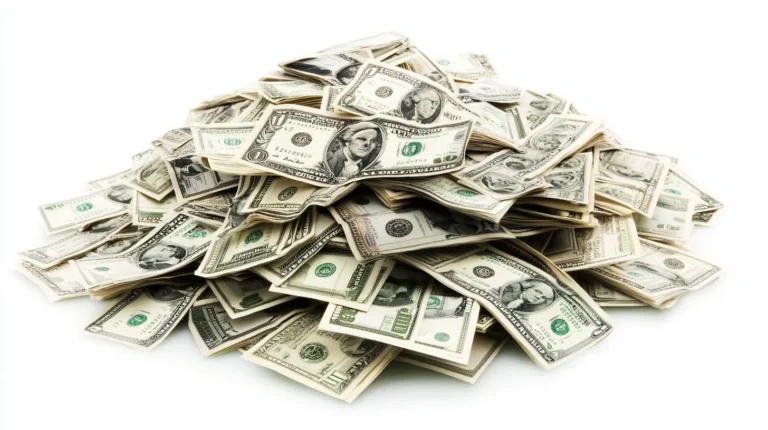The U.S. dollar began the week on a cautious note amid mounting anticipation over potential U.S. interest rate cuts, while the Japanese yen remained strong, buoyed by expectations of rising domestic rates.
Bank of Japan (BOJ) Governor Kazuo Ueda signaled over the weekend that interest rate hikes could be approaching, referencing strong economic data and an uptick in Tokyo’s October inflation figures. Markets now estimate a 56% likelihood of a BOJ rate hike to 0.5% during its December 18-19 meeting.
Christian Keller, an economist at Barclays, noted that labor earnings data due this week is expected to reflect further growth, laying the groundwork for another robust “shunto” wage negotiation round in February. “The current wage and inflation trends continue to support further rate hikes, although the exact timing December or January remains uncertain,” he stated.
This possibility of earlier action by the BOJ weighed on the dollar, which traded at 149.60 yen, following a 3.3% drop last week its sharpest decline since July. Support for the dollar is seen at 149.40/47 and 147.35 yen.
Meanwhile, the euro held steady at $1.0555 after a 1.5% rebound last week, distancing itself from its one-year low of $1.0425. The dollar index remained flat at 105.79, despite November closing with a 1.8% monthly gain.
Jonas Goltermann, Deputy Chief Markets Economist at Capital Economics, said, “While the U.S. economy remains resilient compared to other regions, we believe the dollar is unlikely to face a significant setback in the near term. Consolidation appears the most probable outcome through year-end, with risks favoring the dollar into 2025.”
The U.S. November payrolls report, due Friday, will be a key focus for markets. Analysts forecast an increase of 195,000 jobs, rebounding from October’s weather- and strike-related slowdown. The unemployment rate is projected to edge up to 4.2% from 4.1%, potentially supporting a Federal Reserve rate cut of 25 basis points at its December 18 meeting. Markets currently price in a 65% chance of a December cut and expect just two additional cuts in 2025.
In addition to the payrolls report, this week will feature speeches from several Federal Reserve officials, including Chair Jerome Powell on Wednesday. Other critical data include U.S. manufacturing and services surveys.
Across the Atlantic, the European Central Bank is also anticipated to cut rates this month, with markets assigning a 27% probability of a deeper 50 basis-point cut on December 12. Political uncertainty in France is further weighing on the euro, with investors closely watching developments that could destabilize the government.
France’s far-right National Rally accused the government of refusing budgetary compromises, raising the odds of a no-confidence vote that could unseat Prime Minister Michel Barnier. Concerns over widening budget deficits have pushed French bond yields to levels comparable to Greece’s, with spreads against German yields hitting their highest since 2012.

